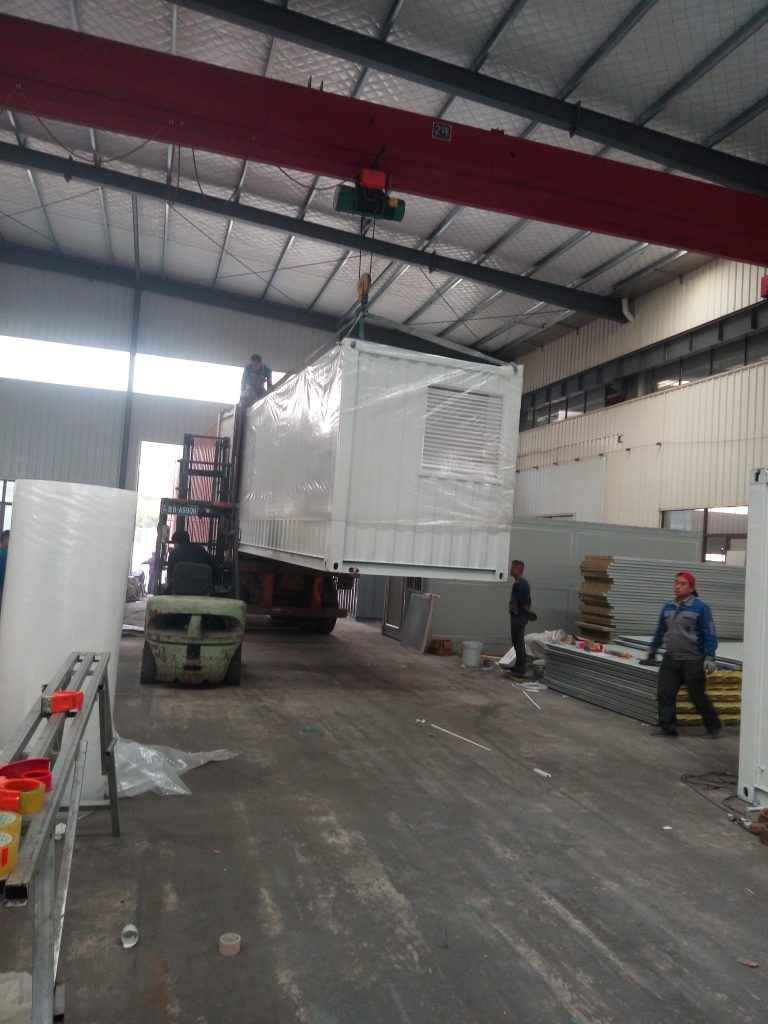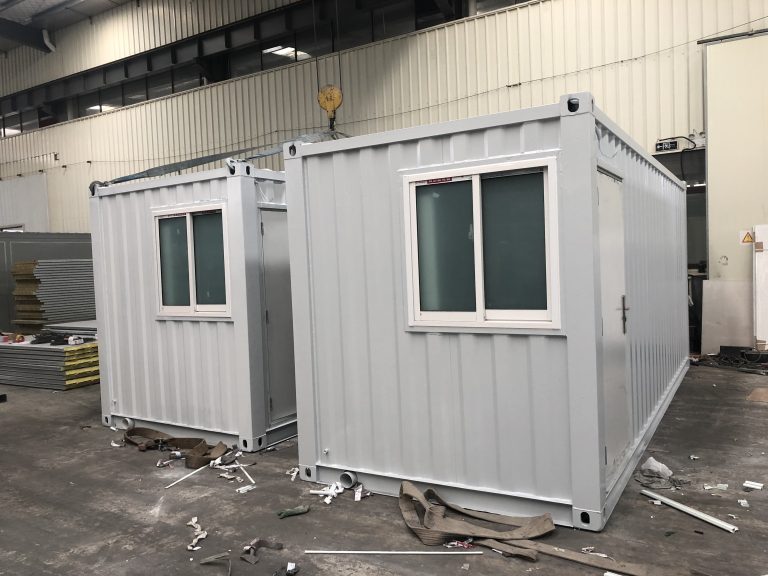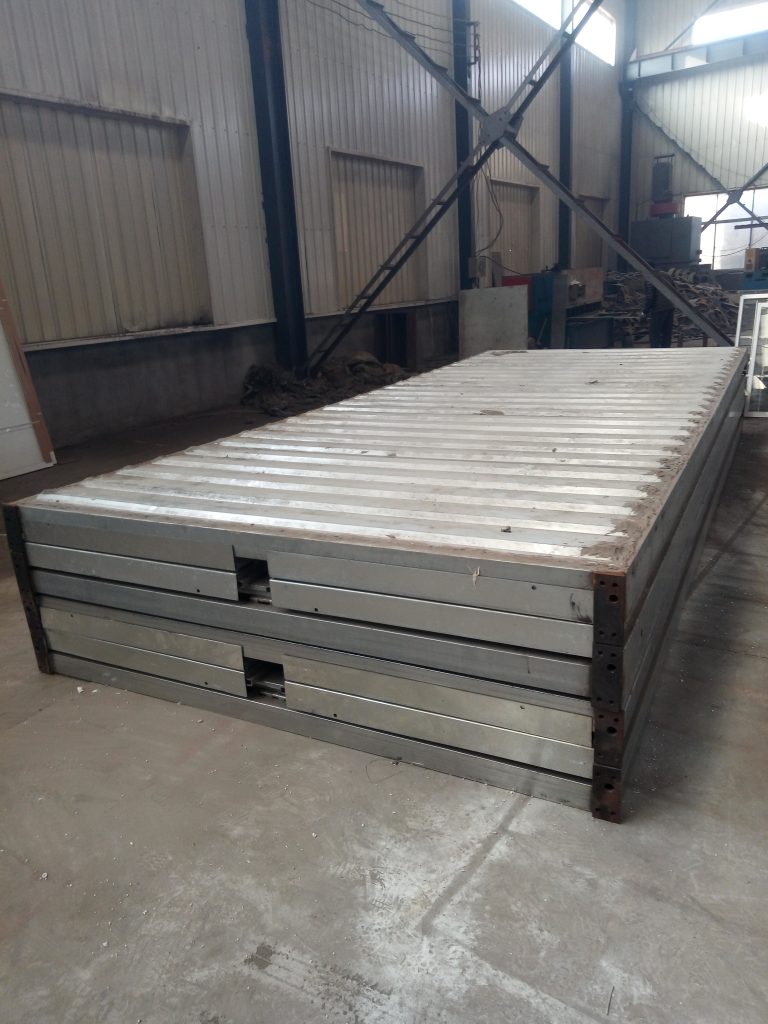Steel structure specifications: industry standard setters.
Inhoudsopgave
Advantages of Using High-Strength Steel in Structural Design
Steel has long been a popular material for structural design due to its strength, durability, and versatility. In recent years, the use of high-strength steel in structural design has become increasingly common. High-strength steel offers a number of advantages over traditional steel, making it an attractive option for a wide range of applications.
One of the key advantages of using high-strength steel in structural design is its superior strength-to-weight ratio. High-strength steel is able to support heavy loads while being lighter and more compact than traditional steel. This can result in cost savings on materials and transportation, as well as reduced construction time and labor costs.
In addition to its strength-to-weight ratio, high-strength steel also offers improved performance in terms of durability and resistance to corrosion. This makes it an ideal choice for structures that are exposed to harsh environmental conditions or high levels of stress. High-strength steel is also more resistant to fatigue and cracking, which can help to extend the lifespan of a structure and reduce maintenance costs over time.
Another advantage of using high-strength steel in structural design is its versatility. High-strength steel can be easily shaped and formed into a wide variety of shapes and sizes, allowing for greater design flexibility and creativity. This makes it an ideal choice for complex or unconventional structures that require custom solutions.
High-strength steel is also more environmentally friendly than traditional steel. Because it is lighter and stronger, less material is required to achieve the same level of structural integrity. This can result in reduced energy consumption and carbon emissions during the manufacturing process, as well as lower transportation costs and emissions.
In addition to these practical advantages, high-strength steel is also cost-effective in the long run. While the initial cost of high-strength steel may be higher than traditional steel, the savings in materials, labor, and maintenance costs can more than offset this initial investment. High-strength steel also offers a higher return on investment in terms of performance and durability, making it a wise choice for long-term structural projects.
Overall, the advantages of using high-strength steel in structural design are clear. From its superior strength-to-weight ratio and durability to its versatility and cost-effectiveness, high-strength steel offers a number of benefits that make it an attractive option for a wide range of applications. As the industry standard setters continue to push the boundaries of what is possible with high-strength steel, we can expect to see even more innovative and sustainable structural designs in the future.
Key Considerations for Meeting Industry Standards in Steel Structure Fabrication
Steel structures are a crucial component of many construction projects, providing strength, durability, and stability to buildings and infrastructure. To ensure that steel structures meet industry standards and regulations, it is essential to adhere to specific specifications set by industry standard setters. These specifications cover a wide range of factors, including material quality, fabrication processes, and design considerations.
One of the key considerations for meeting industry standards in steel structure fabrication is the quality of the materials used. Industry standard setters, such as the American Institute of Steel Construction (AISC) in the United States, provide guidelines for the types of steel that should be used in construction projects. These guidelines specify the minimum strength, ductility, and other properties that steel must possess to ensure the structural integrity of the finished product.

In addition to material quality, industry standards also dictate the fabrication processes that should be used in the construction of steel structures. These processes include welding, cutting, drilling, and bending, among others. Industry standard setters provide guidelines for each of these processes to ensure that they are carried out in a safe and efficient manner. For example, the AISC provides detailed specifications for welding procedures, including the types of electrodes that should be used, the preheating and post-heating temperatures that should be maintained, and the inspection procedures that should be followed.
Design considerations are another important factor in meeting industry standards in steel structure fabrication. Industry standard setters provide guidelines for the design of steel structures, including the size and spacing of members, the connections between members, and the overall stability of the structure. These guidelines are based on principles of structural engineering and are intended to ensure that steel structures are able to withstand the loads and forces that they will be subjected to during their service life.
Meeting industry standards in steel structure fabrication requires careful attention to detail and adherence to the specifications set by industry standard setters. By using high-quality materials, following proper fabrication processes, and designing structures according to industry guidelines, builders can ensure that their steel structures meet the highest standards of quality and safety.
In conclusion, steel structure specifications set by industry standard setters are essential for ensuring the quality and safety of construction projects. By adhering to these specifications, builders can ensure that their steel structures meet industry standards and regulations, providing strength, durability, and stability to buildings and infrastructure. Meeting industry standards in steel structure fabrication requires attention to detail and adherence to guidelines for material quality, fabrication processes, and design considerations. By following these guidelines, builders can create steel structures that meet the highest standards of quality and safety, ensuring the success of their construction projects.







